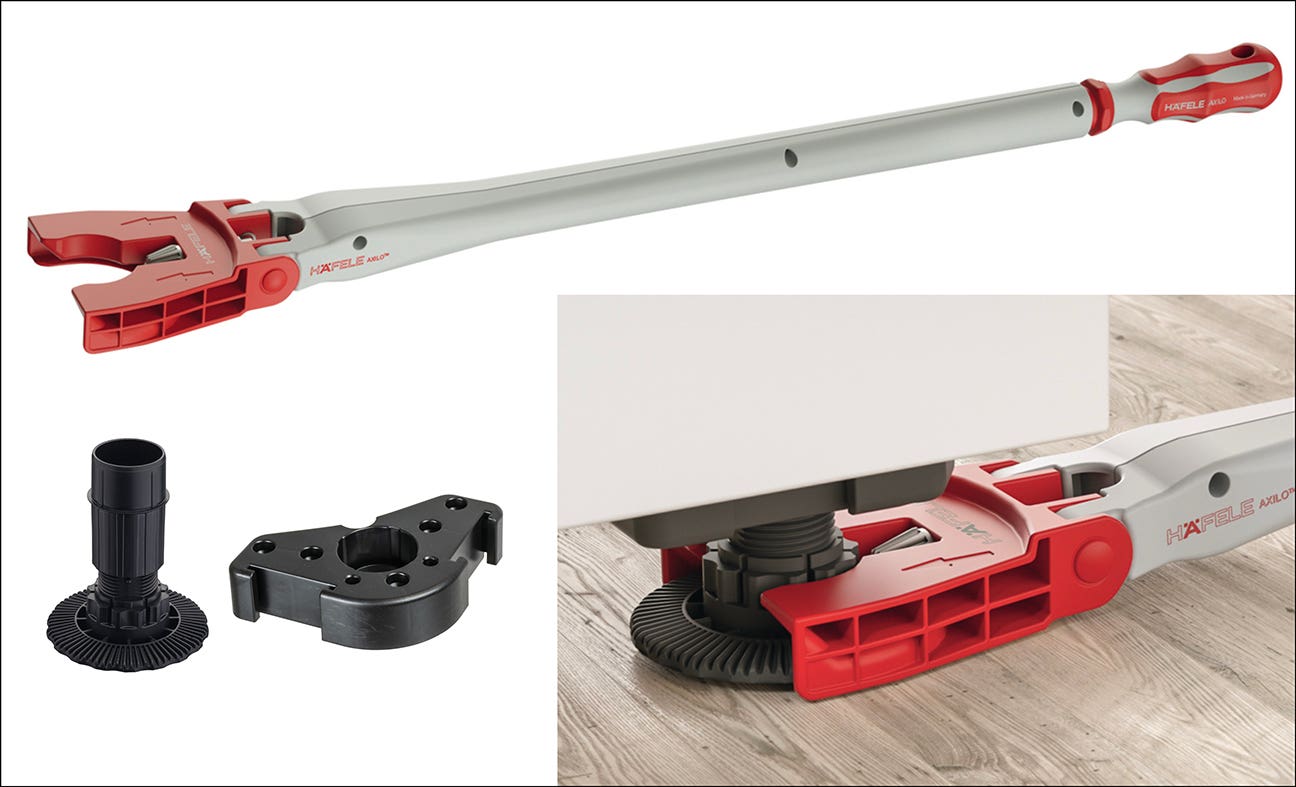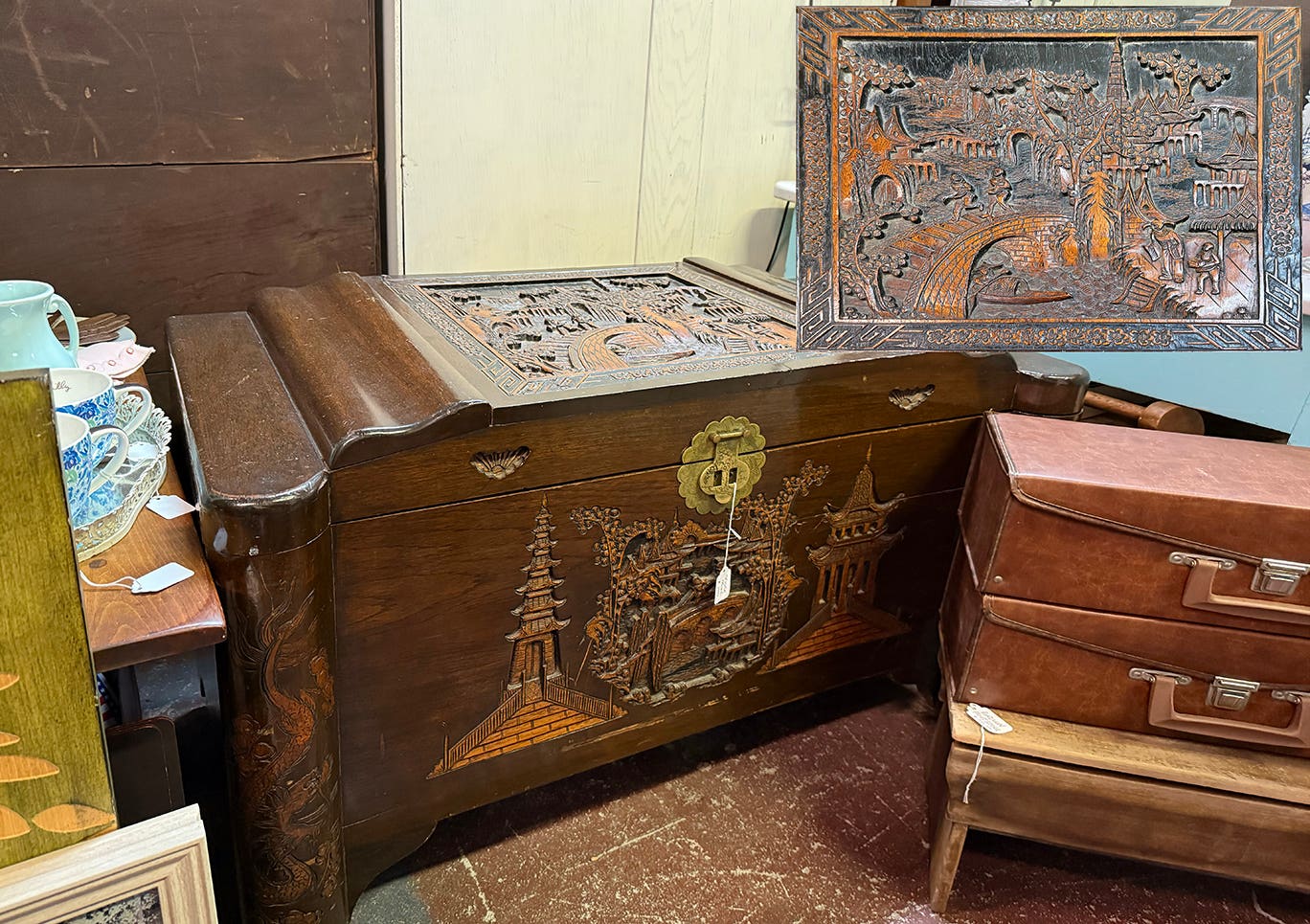Angle grinder has woodshop applications
For edge sanding, as well as rough shaping, sharpening chisels and removing rust, it can be a boost to your tool set One of the common trials we all experience…
For edge sanding, as well as rough shaping, sharpening chisels and removing rust, it can be a boost to your tool set
One of the common trials we all experience is the bottleneck and tedium of edge sanding. My dedicated 12" plate sander turns at a moderate pace of 3,450 no-load rpm. This makes for labor-intensive sanding. Sadly, I did not figure out until years afterwards how to improve on that process.
My ongoing operating philosophy is "How can I do something faster, easier and cheaper?" That requires some outside-the-box critical thinking skills. I am happy to share with you how to cut your sanding time by virtually two-thirds.
The solution is a tool called an angle grinder. It's not usually found in a woodworking shop, but it's truly a multipurpose tool. Most people, if they know anything about it, think in terms of grinding down welds with a small grinding wheel. Where it really becomes productive is when you install a sanding backer.
In its sanding iteration, it is lightning-fast. I formerly used an 8-amp Milwaukee mini-grinder to sand all day long when refinishing wood decks outside, using a 7" sanding disc with heavy feed pressure. The tool never even got hot in spite of using a disc almost twice the recommended size of 4-1/2". (Editor's note: Always follow the manufacturer's recommendations listed in the owner's manual).
Today, there are 15-amp machines that can be fitted with 9" discs. You can fabricate a stand for your shop to hold the hand-held machine and turn it into a bench-top stationary machine. What you will find is that your sanding speed will go way up. What you will also find is you don't need to use nearly the feed pressure that you do for the 12" dedicated machine because this thing operates so fast. This saves on not only operator fatigue, but the inevitable burn marks.
There are many other uses for an angle grinder around the shop. It is good for rough shaping or stock removal for freehand shaping. It is good for just removing a little stock for fitting purposes. You can use it to sharpen chisels and planer knives. You can use it for rust removal on metal. If you want to paint your house, it is lightning-fast for paint prep sanding instead of tedious scraping.
If you want to use it for carving and shaping, you can fabricate your own custom-sized sanding backers and discs by simply turning the backer on its vertical edge and running it against a concrete slab to grind it down from, say, a 4" disc down to a 2" disc for fine shaping in small areas. It becomes the perfect tool to rough out large amounts of stock for intricate figures. It is much faster than using carving knives or chisels. You then, of course, do your fine finish work with the carving knives.
John Wilder is a freelance writer and former manager of a commercial woodshop.
This article originally appeared in the August 2009 issue.
A.J. Hamler is the former editor of Woodshop News and Woodcraft Magazine. He's currently a freelance woodworking writer/editor, which is another way of stating self-employed. When he's not writing or in the shop, he enjoys science fiction, gourmet cooking and Civil War reenacting, but not at the same time.







